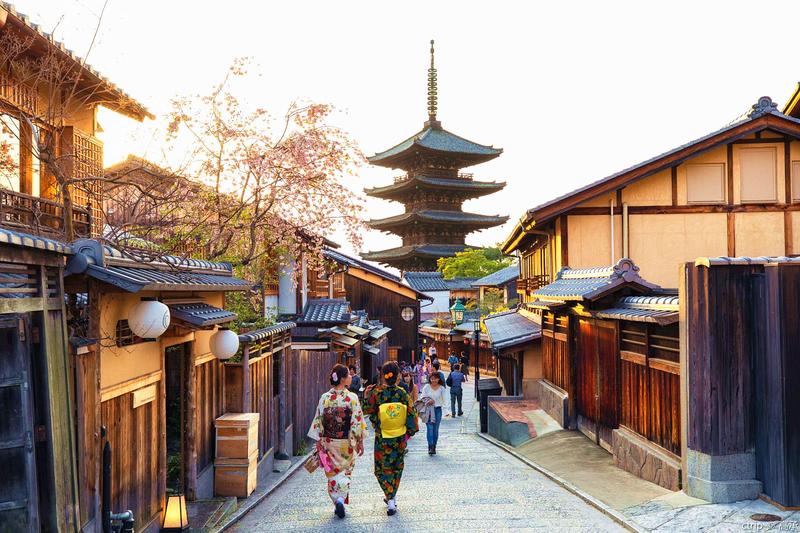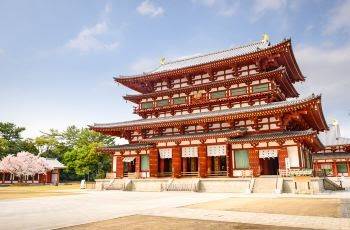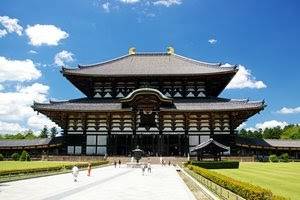A must-visit attraction in Nara, a World Cultural Heritage site that has witnessed the changes of various eras in Nara. The Great Buddha of Nara here is also incredibly large. Additionally, there is an interesting spot where the base of a large wooden pillar has been hollowed out, allowing children to crawl through it for blessings.
If you arrive in Nara by JR or Kintetsu, Kofuku-ji will be the first historical site you see, a World Cultural Heritage site. Its five-story pagoda is the second tallest ancient pagoda in Japan and a symbol of Nara.
The main sanctuary of Kasuga Shrine in Japan. The shrine itself is not very large, but it includes the Manyo Botanical Garden and the Treasure House. It is a very charming shrine, with stone lanterns from various eras lining the approach path, creating a unique scenery. Deer occasionally wander through, adding to the picturesque setting.
Just by hearing the name, you know it's the best place to see the legacy of the Sui and Tang dynasties! This temple was built by the emperor of the time for Master Jianzhen. It's a very atmospheric temple that needs to be savored slowly.
Yakushi-ji, a UNESCO World Heritage site, is also a 7th-century building. Both the temple and the East Pagoda are worth appreciating. It is very close to Toshodai-ji, so you can visit both together.
Once a grand palace, but now... note that it is a palace site, not a palace, so it is referred to as the Heijo Ruins. Imagine the empty land left after the Forbidden City is demolished. If you are spending a day in Nara, it's best not to go there. The Kintetsu train passes by it, and you can take a look from the train. If you really enjoy museums, you can visit it. There are some explanations and documents.















